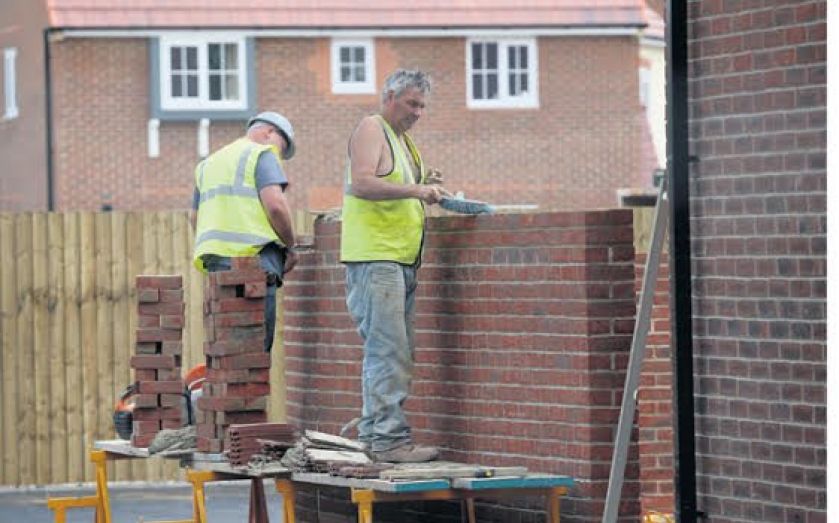Selling public land is just the start: Three steps to solve London’s housing crisis

WE HAVE got to the stage that, if you don’t know there’s a serious housing shortage in London, I’d assume you must be living in a cave. This shortage comes with increasingly obvious social and economic ramifications.
London First recently published research showing that more than half of workers (56 per cent) have difficulties paying their rent or mortgage, while three quarters of businesses surveyed warned that the lack of new homes and rising housing costs are “a significant risk to the capital’s economic growth”.
The message is clear: London needs to build more homes to house its expanding population and stay competitive.
Unfortunately, this is not as simple as just shouting “build, build, build” from a soapbox. Who is going to build these houses? Where are they going to be built? Is it the mayor we should look to for answers, or the private sector, or the government?
To help answer these crucial questions, today, we have written to the secretary of state for housing Brandon Lewis, as well as his counterparts in Labour and the Liberal Democrats. The letters set out three key changes we believe any future government must make to avert this looming crisis. While central government doesn’t have all the answers, it does have a vital role to play, particularly in giving London government greater powers to deliver.
The first of these changes is to give the mayor power to make greater demands of the London boroughs. Using the existing borough house-building targets, the mayor should be able to financially reward those that meet them and, conversely, take over planning decision-making from those that fail.
Secondly, the mayor must be given the power to lead on the identification and disposal of strategic sites owned by the public sector that are surplus to requirements. The Greater London Authority (GLA) has a good track record in bringing forward surplus land for new housing. But progress has been slow in getting other parts of the public sector – central government, the boroughs, NHS Trusts, public bodies, and so on – to dispose of their surplus landholdings. Just yesterday, research by Savills found that as many as 100,000 homes could be built on public sector land in London (and 2m homes in the UK at large).
The problem is that all the different bodies have individual disposal strategies, and many lack the resources and/or capability to assess their holdings and bring them to market. With support from the GLA, this could change.
Finally, we need to let London councils invest. We should scrap the arbitrary restrictions placed on local authorities’ Housing Revenue Accounts (HRA) that stop London boroughs borrowing to fund new house-building. Yes, these are austere times, but we need to stop thinking of such borrowing as profligacy and start thinking of it as shrewd investment. Housing is an asset that is increasing in value and can offer steady returns in the form of rent, for example.
Some progress is already being made. The government recently tabled an amendment to the Infrastructure Bill – currently being debated – to provide the secretary of state with the power to transfer surplus central government land directly to the GLA: an important step. And in the last Autumn Statement, some further loosening of the HRA cap by the Treasury was signalled.
But London needs more support if it is to provide the homes for a growing population that will make a vital contribution to the UK’s economic growth. With a General Election not far away, we want all political parties to back our three steps.